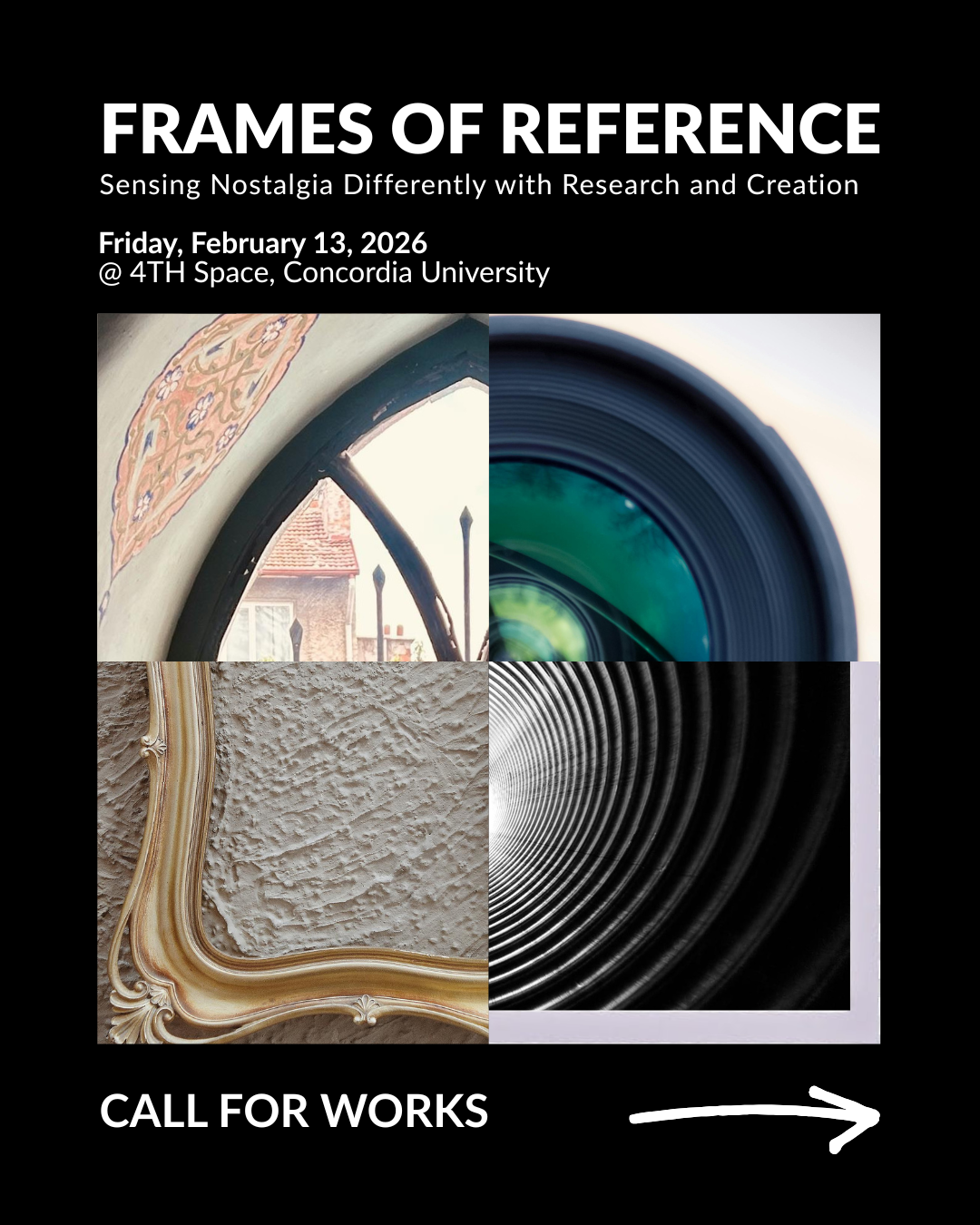DEADLINE EXTENSION!
All submissions are now due 6th JANUARY 2026, 11:59pm.
Mirror, mirror on the wall… what does my nostalgia really mean at all?
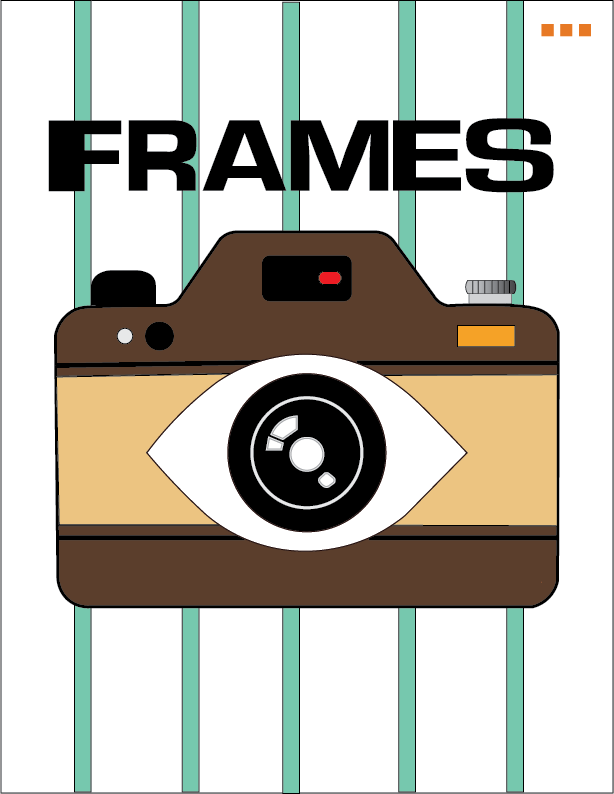
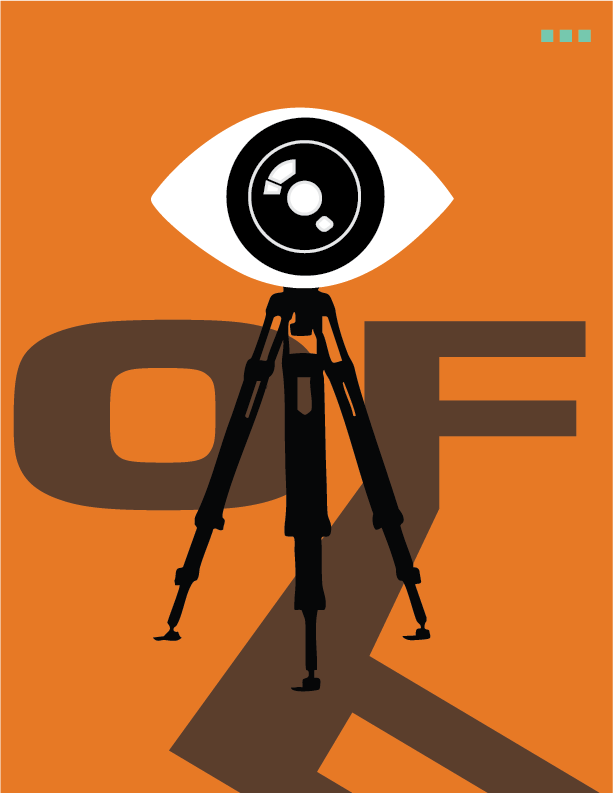
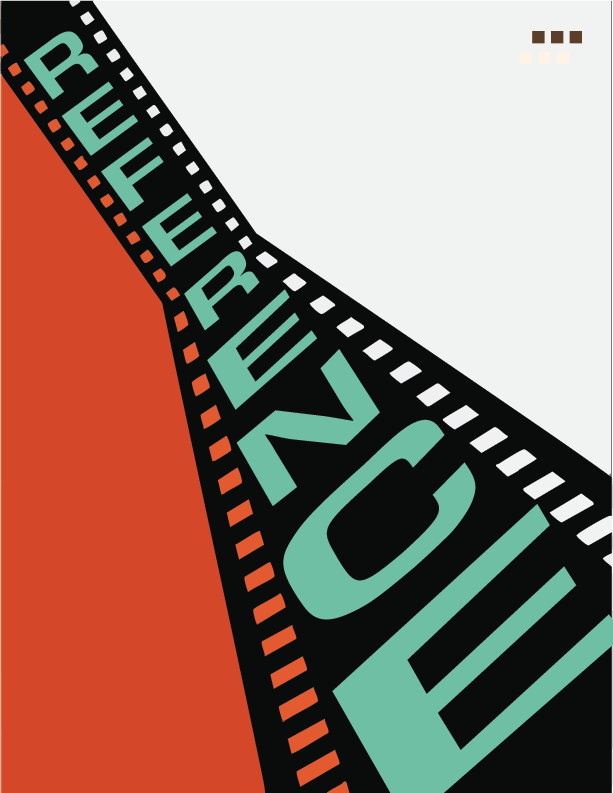
Posters designed by Ryu Pinveha.
For the fourth edition of the Nostagain symposium, we welcome researchers—from students to full professors—and artists (of all kinds) to submit their works.
Frames of Reference points to the many dimensions of nostalgia; how does memory, or even a mass-produced object, ‘turn’ into a thing of nostalgia? We tend to draw this conclusion from, while contributing to, a frame of reference for how the past was experienced.
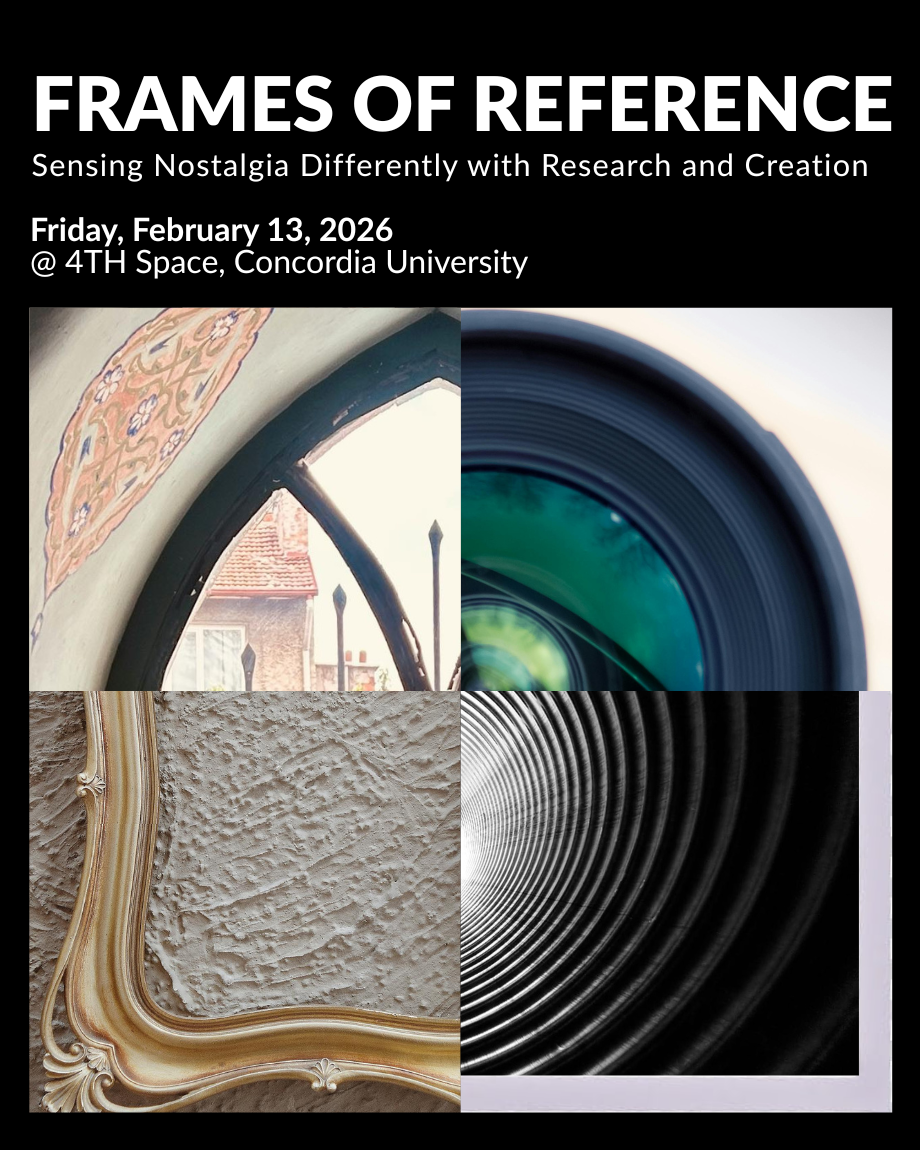
But nostalgic frames of reference are usually visual. Michael Hviid Jacobsen argued that nostalgia is determined in the eyes of the beholder. What about everyday things that trigger nostalgia in us? Smells, tastes, sounds, and tactility are frames of reference that we use to ‘get in touch’ with our memories – “this tastes like grandma’s cooking,” “this feels like my hometown.”
Finally, what can we do with our nostalgia for ‘lost futures,’ pasts labelled as anemoia, or repressed desires? By looking back at our nostalgia for unactualized things (or ghosts), we may find a blueprint – a frame of reference – for the future we’ve always yearned for.
With Generous Support From


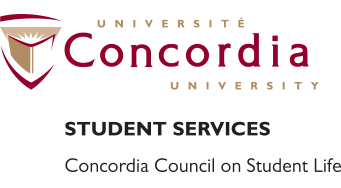
FIVE THEMES TO ENGAGE WITH:
1. MIRROR, MIRROR ON THE WALL…
What can our nostalgia for certain pasts tell us about a particular kind of future we want?
Nostalgia is not just mere escapism. Sometimes, we look back at the past in search of something that we want to ‘bring back’ in the present: a loved one, a happier time, familiar things, or a sense of stability.
Potential topics include:
- The process(es) of realising childhood aspirations, career desires, personal hopes and dreams; sprouting ‘seeds of inspiration’
- A love that continues from our longing; loved ones, pets, friends, family members who have passed away, or no longer ‘the same’
- Social practices that keep the past alive in the present; nostalgic communities, thrift stores, libraries, National days, family traditions, remembrance days
2. REFLECTIVE SURFACES
How do objects and materials help convey, preserve, or even alter the past?
Screens, picture frames, photobooks, shiny objects in our collection; these are all mediums that allow us to travel back in time and preserve its quality. These surfaces reflect memories but also remind us of something beyond what they represent.
Potential topics include:
- Objects that invoke/evoke reflection(s)
- The objects involved in organizing, categorizing, and preserving nostalgic media and media practices
3. SEEING DOUBLE
To what extent do commercial or personal copies of the past retain its original qualities? Where does nostalgia begin and end?
How can you tell ‘nostalgic’ things apart? In a lucrative media culture of remakes, revivals, retro campaigns, consumers are given a myriad of products that mimic the past. But in this sea of commodified nostalgia, where do concepts like ‘originality’, ‘aura’, ‘authenticity’, lived experience, or personal nostalgia lie?
Potential topics include:
- Authenticity versus sincerity
- Nostalgic dissonance(s)
- The lineage of personal nostalgic objects – heirlooms from family history, hand-me-downs from siblings, nostalgic media (TV shows, music, movies) from friends
- Alternative narratives of ‘old’ objects; anecdotes that challenge or support historically hegemonic narratives about an object
- Separating the artist from the art? Nostalgic ‘purity’ for a product pre-cancellation of artist
4. SHATTERED NOSTALGIA
To what extent is nostalgia helpful or harmful? When we realize what we’ve lost, how do anti-aging companies, media remakes, and political campaigns promising to respond to our shattered nostalgias?
We don’t always become what we thought we could be. One look at the mirror and you say, “Woah, have I aged that much?”, or “Wow! I really look younger and healthier!”. Often, these moments of shattered nostalgia reveal what we have lost and what we have given away. Do we still miss these things? If so, what do we do to chase it again?
Potential topics include:
- Critiques on the commercialization/politicization of our FOMO or induced nostalgias
- Retrotyping, or how media institutions reimagine what the past ‘looked’ like via their ‘retro’ products, fashion lines, toys, music, or movies
- Solastalgia, or nostalgia that comes from climate anxiety
5. A SHADOW IN THE MIRROR
Our most abstract, but essential, theme –
What do people do with the nostalgia they have for unactualized, repressed, or speculative pasts?
We welcome creative, artistic, and intellectual responses to what Boym wrote: “we are nostalgic for the past not for the way it was, but for the past the way it could have been. It is this past perfect that we strive to realize.”
Potential topics include:
- Anemoia, or a nostalgia for a time you never lived through; and the online communities that come out of it
- Residual media that serves as a blueprint for incomplete products or unfulfilled futures
- Alternate/speculative realities that could happen today if the past had been different
- Objects whose presence ‘haunts’ or disrupts innovation of new media and technologies
SUBMISSION GUIDELINES
DEADLINE EXTENSION!
All submissions are now due 6th JANUARY 2026, 11:59pm.
PAPER PRESENTATIONS
12-minute talks with/without slides. Accepted paper presentations will be grouped into a panel with 3 other presenters based a similar topic.
Abstracts are 300 words max. with space for references and 5 keywords.
RESEARCH CREATION WORK
Works are set up like ‘booths’ that are displayed in the 4TH SPACE. RC works are presented simultaneously in a ‘farmer’s market’ style (1 hour long).
Abstracts are 500 words max. with space for relevant material or media.
Contact Information
Derek Pasborg, Event Communications
Richy Srirachanikorn, Network Organization
nostagain@gmail.com
THENOSTAGAINNETWORK
Released: October 15, 2025
Updated: December 1st, 2025
